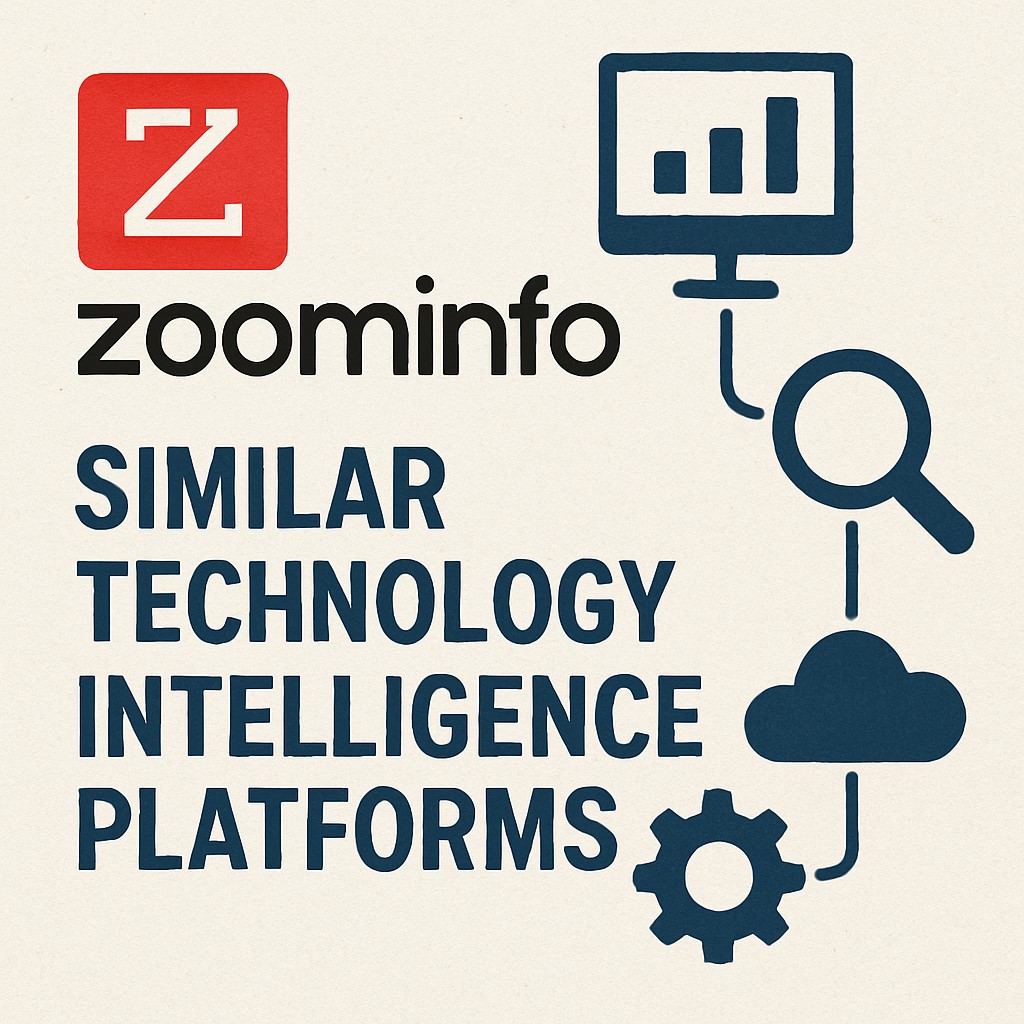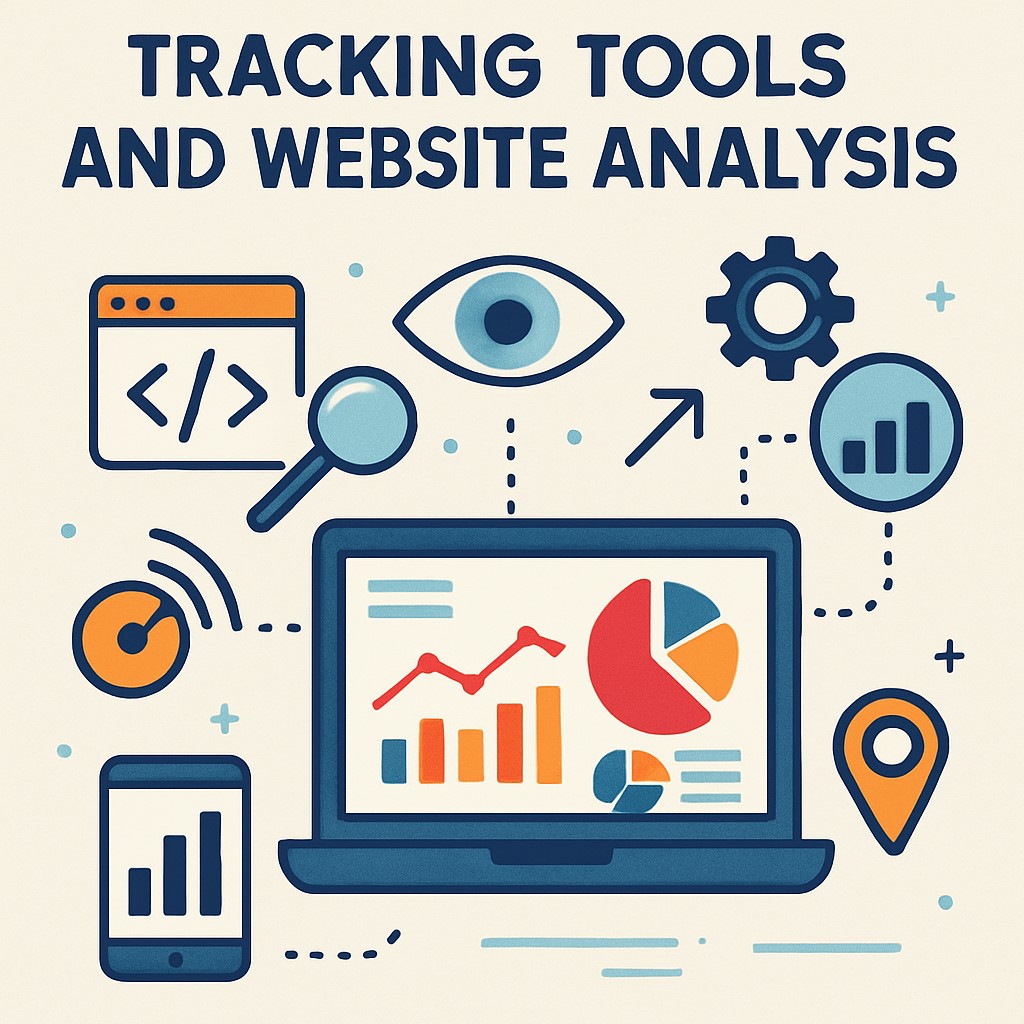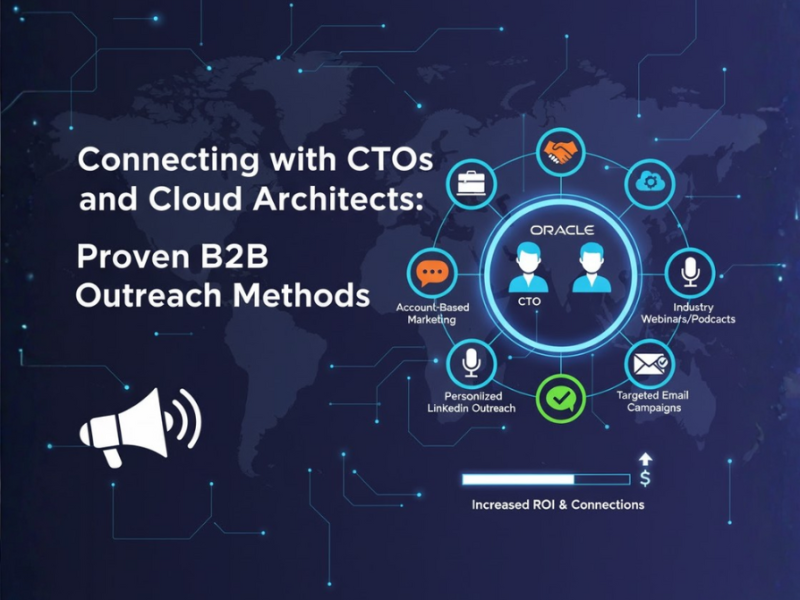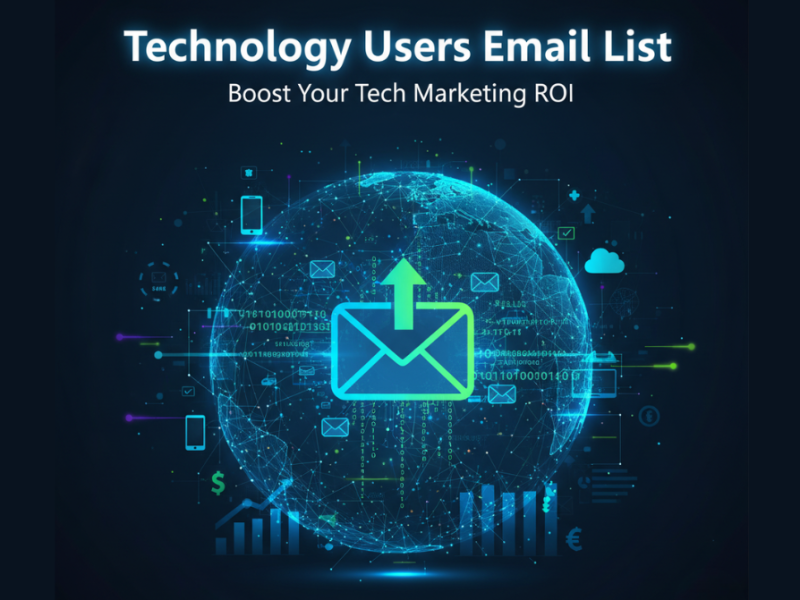Identifying companies that utilize Salesforce CRM is important for B2B marketers, solution providers, and sales teams who are aiming to reach businesses with established CRM systems. Whether you are offering Salesforce add-ons, complementary software, or consulting services, finding the correct prospects is crucial to the success of your lead generation efforts.
With over 150,000 companies worldwide using Salesforce, the opportunity is massive. However, manually identifying these organizations can be time-consuming and inefficient. This detailed guide presents five effective strategies to identify Salesforce users and construct a high-quality Salesforce CRM customer list for your marketing efforts.
Why Target Salesforce Users?
Before diving into identification methods, it’s important to understand why Salesforce users represent such valuable prospects:
High Purchase Intent: Companies already using Salesforce have demonstrated willingness to invest in CRM technology and related solutions. This makes them more likely to consider additional tools that integrate with their existing system.
Budget Availability: Salesforce implementations typically indicate established technology budgets and decision-making processes for software purchases.
Growth Trajectory: Organizations using Salesforce are often scaling rapidly and need additional tools to support their growth, creating opportunities for complementary solutions.
Integration Needs: Salesforce users frequently seek integrations, add-ons, and specialized tools to enhance their CRM capabilities.
Method 1: LinkedIn Sales Navigator Advanced Search
LinkedIn Sales Navigator remains one of the most effective tools for identifying companies using specific technologies. Here’s how to leverage it for building your salesforce users email list:
Step-by-Step Process:
Technology Filter Setup: Use Sales Navigator’s technology filter to search for companies using “Salesforce” or “Salesforce CRM.” This filter specifically targets organizations that have listed Salesforce in their technology stack.
Industry Targeting: Combine technology filters with industry specifications to narrow your search. Industries with high Salesforce adoption include software and technology, financial services, healthcare, and professional services.
Company Size Refinement: Filter by employee count to match your ideal customer profile. Businesses with over 1000 employees usually have more complex needs and bigger budgets. On the other hand, small to medium-sized businesses with 50-500 employees might be quicker in making decisions.
Geographic Segmentation: Add location filters to focus on specific regions where your solutions are available or where you have strong market presence.
Pro Tips for LinkedIn Success:
- Save your search criteria to receive weekly updates on new companies matching your filters
- Export contact lists regularly to build your salesforce crm users list
- Use Boolean search operators in the keyword section for more precise results
- Monitor job postings for Salesforce-related roles as indicators of active usage
Method 2: ZoomInfo and Similar Technology Intelligence Platforms

Technology intelligence platforms like ZoomInfo, DiscoverOrg, and Datanyze provide comprehensive databases of companies using specific software solutions.
Key Features to Leverage:
Technographic Data: These platforms keep comprehensive records of technology setups, such as CRM systems, marketing automation tools, and various business applications.
Intent Data: Advanced platforms provide buying intent signals, showing which companies are actively researching Salesforce or related solutions.
Contact Information: Access to decision-maker contact details helps you reach the right people within target organizations.
Historical Data: Track technology adoption patterns and identify companies that might be considering Salesforce migrations or upgrades.
Best Practices:
- Set up alerts for companies showing Salesforce-related intent signals
- Cross-reference multiple platforms for data accuracy
- Focus on companies with recent Salesforce implementations for higher engagement rates
- Use filtering options to identify specific Salesforce products in use (Sales Cloud, Service Cloud, etc.)
Method 3: Company Job Posting Analysis
Job postings reveal valuable insights about technology usage and can help identify companies actively using or implementing Salesforce.
What to Look For:
Salesforce-Specific Roles: Positions like “Salesforce Administrator,” “Salesforce Developer,” or “Salesforce Business Analyst” clearly indicate active usage.
Skills Requirements: Job descriptions mentioning Salesforce certifications, Apex programming, or Lightning development suggest mature Salesforce implementations.
Integration Projects: Postings for roles involving Salesforce integrations or customizations indicate expansion opportunities.
Monitoring Strategies:
Job Board Alerts: Set up Google Alerts and job board notifications for Salesforce-related keywords.
Company Career Page Monitoring: Regularly check target companies’ career pages for Salesforce-related openings.
Professional Network Updates: Monitor LinkedIn for professionals announcing new Salesforce-related roles.
This approach is especially useful for spotting companies that are growing or increasing their use of Salesforce. These companies are perfect candidates for your Salesforce CRM customers list.
Method 4: Technology Tracking Tools and Website Analysis

Several specialized tools can identify the technology stack of target companies by analyzing their websites and digital footprints.
Recommended Tools:
BuiltWith: Provides detailed technology profiles for millions of websites, including CRM and marketing automation tools.
Wappalyzer: Browser extension and API that identifies technologies used on websites you visit.
SimilarTech: Offers comprehensive technology adoption data and market intelligence.
HubSpot Website Grader: While primarily a marketing tool, it can reveal technology insights about target companies.
Implementation Strategy:
- Batch Website Analysis: Use these tools to analyze lists of target companies
- Competitive Intelligence: Identify which of your competitors’ customers use Salesforce
- Market Research: Understand technology adoption patterns in your target industries
- Lead Scoring: Assign higher scores to prospects using complementary technologies
Method 5: Professional Salesforce Communities and Events
The Salesforce ecosystem includes numerous communities, user groups, and events where active users participate.
Community Engagement Opportunities:
Trailblazer Community: Salesforce’s official user community provides insights into active users and their challenges.
Local User Groups: Regional Salesforce user groups offer networking opportunities with local businesses.
Dreamforce and Industry Events: Major Salesforce events attract thousands of users from various industries.
Online Forums and Groups: LinkedIn groups, Reddit communities, and specialized forums where users discuss challenges and solutions.
Networking Best Practices:
- Participate authentically in discussions rather than immediately pitching your services
- Share valuable insights and resources to build credibility
- Connect with active community members who may become prospects or referral sources
- Attend virtual and in-person events to meet decision-makers face-to-face
The Most Efficient Solution: Ready-to-Use Salesforce Email Lists
While the methods above can be effective, they require significant time investment and ongoing maintenance. For businesses wanting to boost their lead generation, using a verified salesforce users email list has many benefits:
Time Efficiency
Building a comprehensive salesforce crm users list manually can take weeks or months. Professional data providers offer immediate access to thousands of verified contacts, allowing you to launch campaigns quickly.
Data Accuracy
Reputable list providers maintain up-to-date databases with regular verification processes, ensuring higher deliverability rates than manually compiled lists.
Comprehensive Coverage
Professional lists often include detailed firmographic and technographic data, enabling more precise targeting and personalization.
Segmentation Options
Quality salesforce crm customers list providers offer segmentation by industry, company size, Salesforce products used, and geographic location, allowing for highly targeted campaigns.
Combining Methods for Maximum Effectiveness
The most successful lead generation strategies combine multiple identification methods:
- Start with Technology Intelligence: Use platforms like ZoomInfo to build your initial target list
- Enhance with Social Data: Leverage LinkedIn Sales Navigator to identify key decision-makers
- Validate with Job Postings: Confirm active Salesforce usage through hiring patterns
- Supplement with Professional Lists: Fill gaps with verified salesforce users email list data
- Engage Through Communities: Build relationships through Salesforce user groups and events
Measuring Success and ROI
Track these key metrics to evaluate the effectiveness of your identification methods:
- List Quality: Percentage of valid email addresses and accurate contact information
- Response Rates: Email open rates and reply rates by identification method
- Conversion Rates: Percentage of identified prospects that become qualified leads
- Cost Per Lead: Total investment divided by qualified leads generated
- Sales Velocity: Time from initial contact to closed deal
Frequently Asked Questions
What’s the difference between a Salesforce users email list and a CRM users list?
A salesforce users email list specifically targets companies using Salesforce products, while a general CRM users list includes companies using any CRM system. Salesforce-specific lists are more targeted for companies selling Salesforce add-ons or complementary solutions.
How often should I update my Salesforce customers list?
Technology adoption changes frequently, so update your salesforce crm customers list at least quarterly. Companies may upgrade, downgrade, or switch systems, affecting your targeting accuracy.
Which method provides the highest quality leads?
LinkedIn Sales Navigator combined with technology intelligence platforms typically provides the highest quality leads because you can verify both the technology usage and identify specific decision-makers.
Is it legal to use these identification methods?
Yes, these methods use publicly available information and comply with data protection regulations when used appropriately. Always ensure your outreach follows GDPR, CAN-SPAM, and other relevant regulations.
How can I verify if a company actually uses Salesforce?
Look for multiple indicators: job postings mentioning Salesforce, employee LinkedIn profiles showing Salesforce experience, technology tracking tool confirmations, and public case studies or testimonials.
What’s the average conversion rate for Salesforce user outreach?
Conversion rates vary by industry and solution type, but well-targeted salesforce crm users list campaigns typically see 2-5% response rates and 0.5-2% conversion to qualified leads.
Conclusion
Identifying companies using Salesforce requires a strategic approach combining multiple methods and tools. While manual identification techniques can be effective, they require significant time and resources. For businesses looking to scale their lead generation efforts quickly, investing in a high-quality salesforce users email list from a reputable provider offers the best balance of efficiency, accuracy, and results.
The key to success lies in understanding your ideal customer profile, choosing the right identification methods for your resources and timeline, and consistently measuring and optimizing your approach. Whether you choose to build your salesforce crm customers list manually or purchase verified data, the massive Salesforce user base represents a significant opportunity for B2B marketers willing to invest in targeted, strategic outreach.
Remember that identification is just the first step. Success ultimately depends on your ability to craft compelling messages, provide genuine value, and build relationships with the prospects you identify. Focus on quality over quantity, and always prioritize building authentic connections with your salesforce crm users list contacts for long-term business growth.


